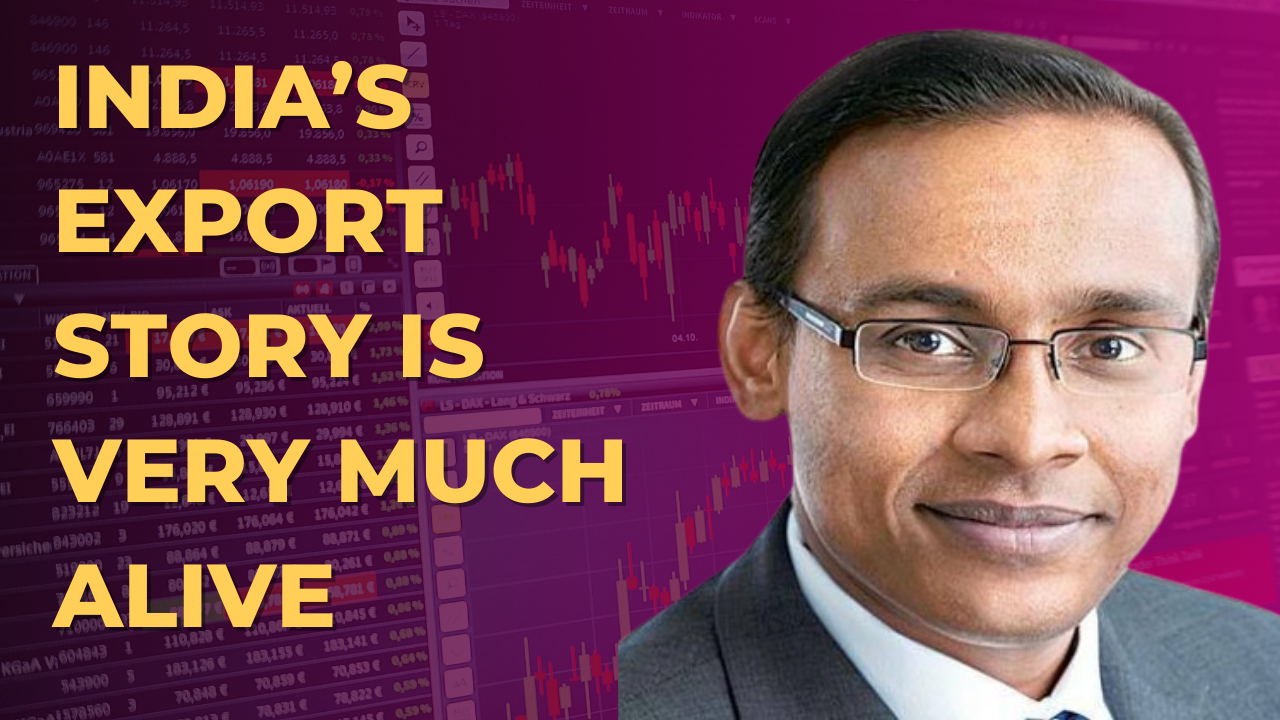The proposed alteration in the banking hours brings forth a new paradigm for customers and bank employees alike. The Finance Ministry is actively considering the IBA’s suggestion, aiming to streamline operations while balancing the needs of both the financial institutions and the public.
To understand the gravity of this proposal, let’s first examine the current banking hours and their historical context. Traditionally, banks have operated six days a week, adhering to a schedule that dates back decades. The proposed change challenges this norm, sparking discussions on the necessity of a revision.
The IBA Proposal
The IBA’s proposal outlines a strategic shift towards a 5-day workweek for banks. This move is driven by the need for operational efficiency and cost-effectiveness. The proposal details the envisaged schedule and the rationale behind each aspect, shedding light on the potential benefits for both banks and their clients.
Potential Impact on Customers
For customers, a condensed workweek could mean increased convenience, aligning with the modern pace of life. However, concerns about accessibility during weekends and potential crowding on weekdays need addressing. Striking a balance that caters to customer needs without compromising service quality is crucial.
Employee Perspective
Bank employees are at the forefront of this change. While a 5-day workweek may offer better work-life balance, potential challenges such as increased workloads on operational days must be considered. The proposal’s impact on employee morale and productivity is a critical aspect that demands thorough examination.
Public Reaction
The public’s response to this proposal has been diverse. Social media platforms have become arenas for debates on the pros and cons. Conducting surveys and gathering public opinions will provide insights into how this change may be received by the majority.
Government Response
The Finance Ministry’s stance on this proposal is pivotal. Any potential legislative considerations or interventions will significantly shape the direction this proposal takes. A careful analysis of the government’s response is crucial for anticipating the future of banking hours.
Quick Review:
- How will the proposed change impact the average bank customer’s experience? The proposed shift aims to enhance customer convenience, but concerns about weekend accessibility and potential crowding on weekdays need careful consideration.
- What are the potential challenges for bank employees in transitioning to a 5-day workweek? While a condensed workweek offers better work-life balance, challenges such as increased workloads on operational days must be addressed.
- How has the public reacted to the proposal on social media platforms? Social media platforms have become arenas for debates on the pros and cons of the proposed shift, reflecting diverse public opinions.








